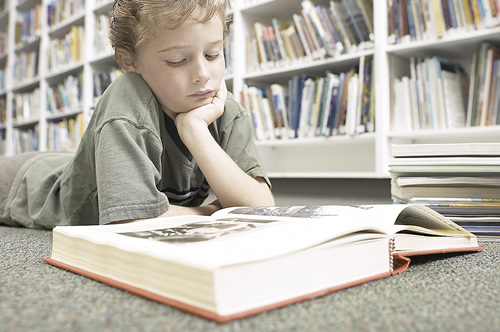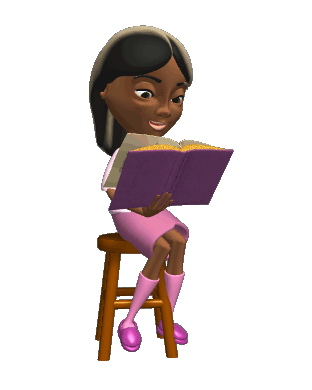-
Here are some useful strategies that we have been working on in class. Please remind your students to use these when you are reading with them at home.
 Comprehension*Check for understanding: Do you understand what you just read?*Read the pictures: Look at the pictures and see if you can figure out what may be happening or how the characters might be feeling.*Reread the story: It's always helpful to read a story more than one time. You will understand more each time you read it.*Make a connection: Does the story remind you of something else? Do you know how the characters might be feeling? Have you felt the same way?* Retell the story: Tell the story you just read to someone at home. Use your five fingers to retell only the important parts. Make sure you are retelling the story in the correct order. Also, make sure you are using the character's names as you retell the story.Accuracy* Word and Picture match: Look at the first letter of the word and then look at the picture to see if it matches something that makes sense.* Look at the 1st letter and Get Your Mouth Ready: Get your mouth ready to say the first sound in the word.* Look Through the Whole Word: Look at the sounds throughout the whole word. Are all the letters there to make those sounds?*Notice a Pattern: Remember the pattern if you are reading a pattern book, but be careful that the pattern does not break.* Notice Chunks: Look for familiar chunks inside larger words. For example, notice that the word "and" is inside the word "grand."* Skip the word and come back to it: Sometimes we can use the meaning in the sentence to go back and figure out what the word may be.* Ask does that make sense? Go back and use another strategy if it doesn't.Fluency* Use expression: Students should think about how the character might be feeling and how their voice may sound. Students should read with feeling.*Chunk words/sounds together: We should read like we are talking. Students should make words flow smoothly and evenly.* Notice ?'s and !'s and .'s (Notice punctuation)Expand Vocabulary* Use the pictures* Think about the Text. Ask yourself what the story is about. This may help to figure out new, interesting words.* Read nonfiction books and use the glossary.Here are links to some useful resources for your first grader:
Comprehension*Check for understanding: Do you understand what you just read?*Read the pictures: Look at the pictures and see if you can figure out what may be happening or how the characters might be feeling.*Reread the story: It's always helpful to read a story more than one time. You will understand more each time you read it.*Make a connection: Does the story remind you of something else? Do you know how the characters might be feeling? Have you felt the same way?* Retell the story: Tell the story you just read to someone at home. Use your five fingers to retell only the important parts. Make sure you are retelling the story in the correct order. Also, make sure you are using the character's names as you retell the story.Accuracy* Word and Picture match: Look at the first letter of the word and then look at the picture to see if it matches something that makes sense.* Look at the 1st letter and Get Your Mouth Ready: Get your mouth ready to say the first sound in the word.* Look Through the Whole Word: Look at the sounds throughout the whole word. Are all the letters there to make those sounds?*Notice a Pattern: Remember the pattern if you are reading a pattern book, but be careful that the pattern does not break.* Notice Chunks: Look for familiar chunks inside larger words. For example, notice that the word "and" is inside the word "grand."* Skip the word and come back to it: Sometimes we can use the meaning in the sentence to go back and figure out what the word may be.* Ask does that make sense? Go back and use another strategy if it doesn't.Fluency* Use expression: Students should think about how the character might be feeling and how their voice may sound. Students should read with feeling.*Chunk words/sounds together: We should read like we are talking. Students should make words flow smoothly and evenly.* Notice ?'s and !'s and .'s (Notice punctuation)Expand Vocabulary* Use the pictures* Think about the Text. Ask yourself what the story is about. This may help to figure out new, interesting words.* Read nonfiction books and use the glossary.Here are links to some useful resources for your first grader:
Last Modified on July 31, 2013








